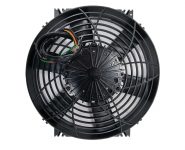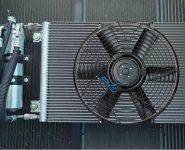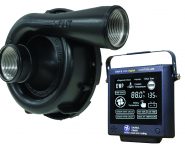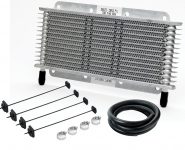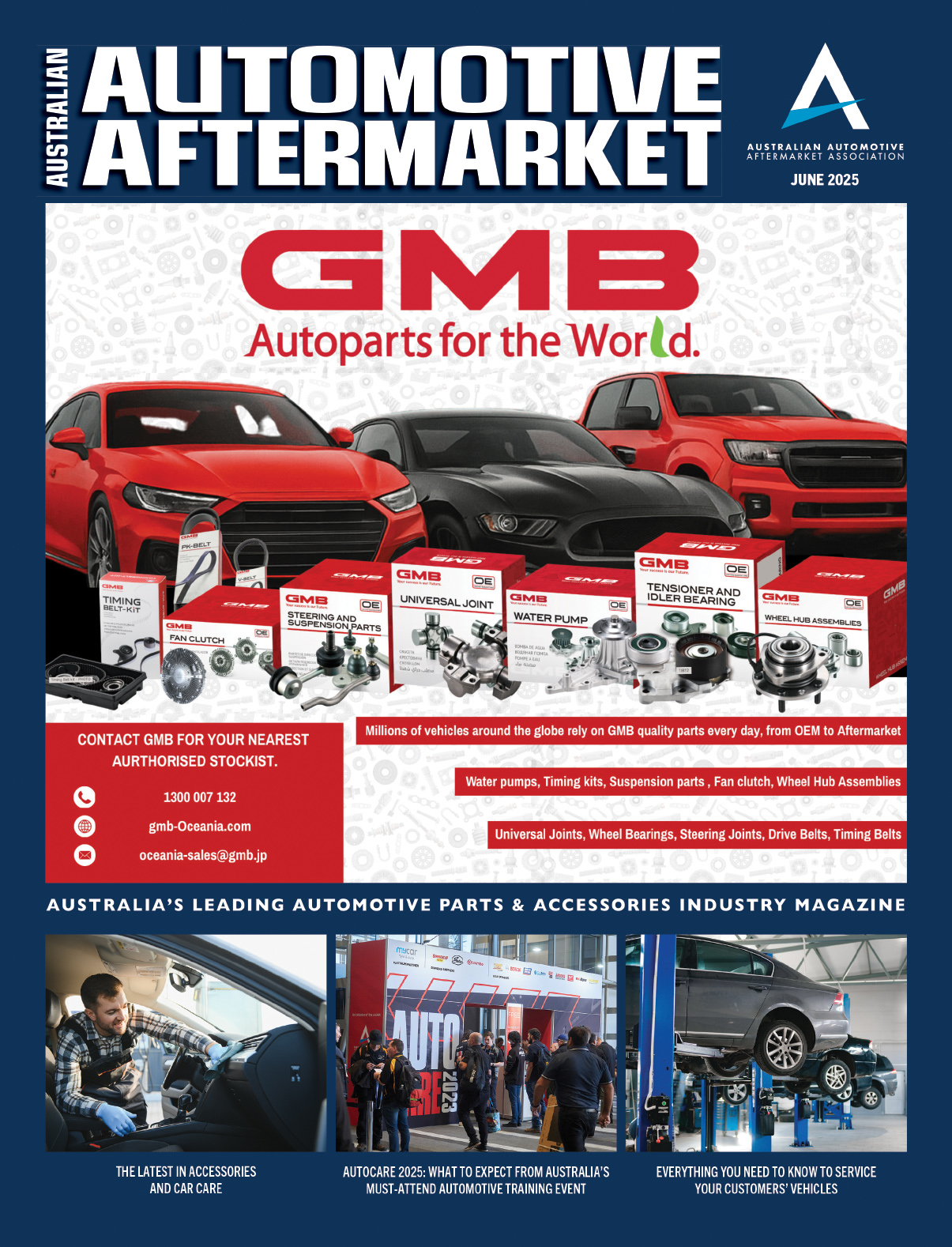PERFORMANCE ENGINE COOLING SOLUTIONS
From Davies, Craig
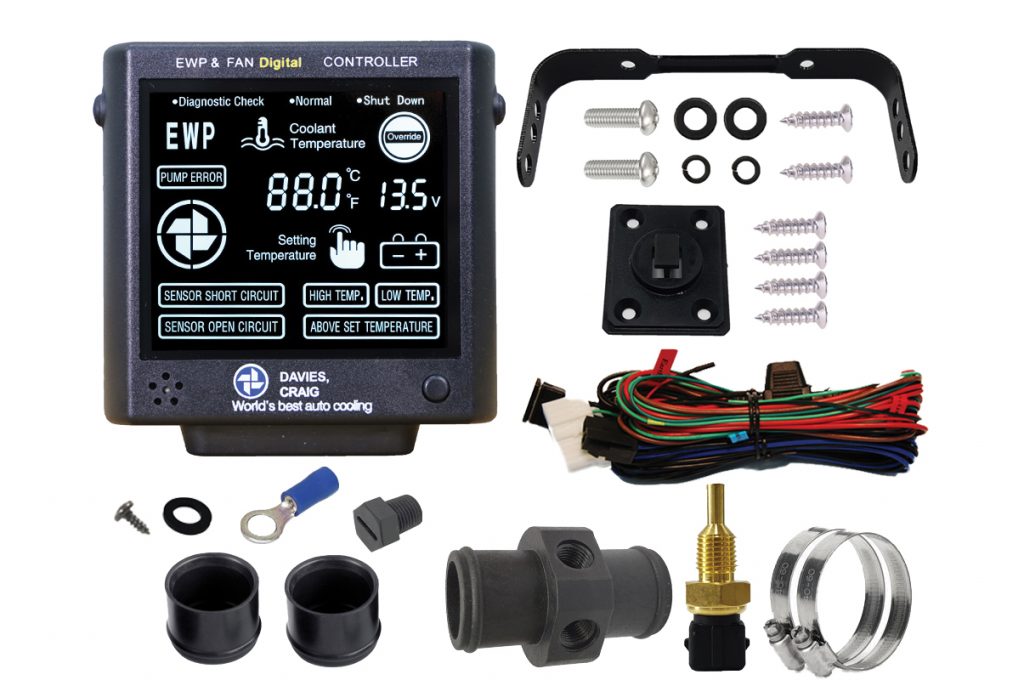
A critical factor with a performance engine is the heat it generates and maintaining it at a desired operating temperature.
Increased horsepower generates increased heat which must be removed as quickly and efficiently as possible to ensure the engine does not overheat.
Three areas of an engine that should be examined when tackling engine heat are the radiator and appropriate cooling fan, the water pump, and the engine and transmission oil.
“Firstly, let’s discuss the radiator. Brass, Copper, or Aluminium – most car enthusiasts and weekend mechanics have heard this debate,” Davies, Craig Sales and Marketing Manager, John Benson, said.
“Arguments on either side range from heat transfer properties to price. In short, the OEM radiator should be sufficient as long as it is in good condition. Make sure it has been pressure-tested, is clean internally and externally.
“The coolant that goes into a radiator and subsequently the engine is also vital. Walk into any automotive aftermarket store and there will be rows of engine coolants staring you in the face, including even waterless varieties.
“These products have anti-boil/anti-freeze, rust inhibitor qualities and are designed to perform in very cold and extremely hot climatic conditions. Ratios can vary and a 50/50 mix with distilled water is considered an acceptable mixture.
“Select a coolant that meets the OEMs recommendations. It is not recommended that coolants be mixed. Flush out the cooling system at regular intervals.
“Secondly, let’s talk about engine cooling fans. It is commonly accepted practice that an electric Thermatic Fan be installed to carry out the very important function of driving an acceptable volume of air through the radiator.
“All IC engines have an optimum operating temperature and controlled air flow through the radiator during idling and slow travel speeds is one of the major factors to keeping an engine operating at a desired temperature.
“Adequate engine cooling removes heat energy fast enough to keep temperatures manageable to preserve engine life.
“The simple mantra is ‘one can never have too much air being drawn or pushed through a radiator,’ so fill the core of the radiator with the largest fan or fans as is physically possible.
“Davies, Craig has been manufacturing Thermatic Electric Cooling Fans for over 50 years and one can quickly access the range by clicking onto the Fan Selection Guide on the Davies, Craig website.
“Thirdly, another vital component to the engine cooling process is the water pump. Most modern engines have a mechanical coolant pump.
“Today’s basic mechanical water pump is not very sophisticated. A light metal impellor swirls around inside the chamber of a belt-driven water pump cavity while its speed and subsequent coolant flow is determined by engine revs.
“Some spend buckets of money investing in development to increase engine horsepower and pay little if any attention to the water pump.
“Further, supercharging, or turbocharging engines is becoming a very desirable method of increasing engine horsepower.
“Intercoolers are a usual requirement in these circumstances and an auxiliary electric water pump or booster pump is usually installed.
“The Davies, Craig patented LCD EWP/Fan Digital Controller will manage coolant flow commensurate with engine temperature and control the Thermatic Electric Cooling Fan/s.”
As a proud Australian manufacturer, Davies, Craig says it has dedicated significant resources over the past 50 years in the development of an extensive range of Thermatic Electric Cooling Fans and a number of remote-mount, lightweight Electric Water Pumps to suit a variety of engine applications.
Davies, Craig has also launched a number of compact brushless Electric Booster Pumps along with what it describes as an excellent line-up of Transmission and Engine Oil Coolers.
For more information, visit www.daviescraig.com.au



